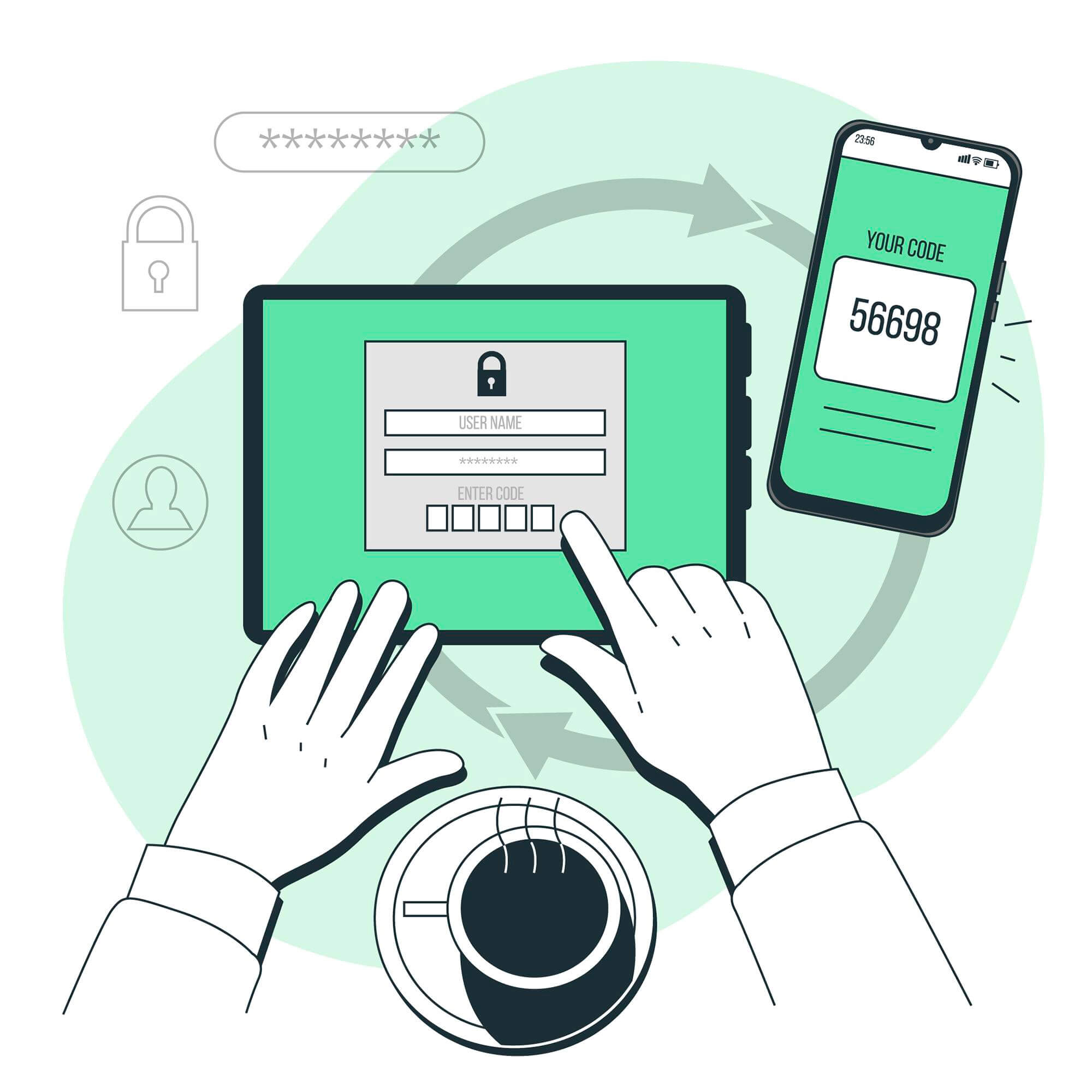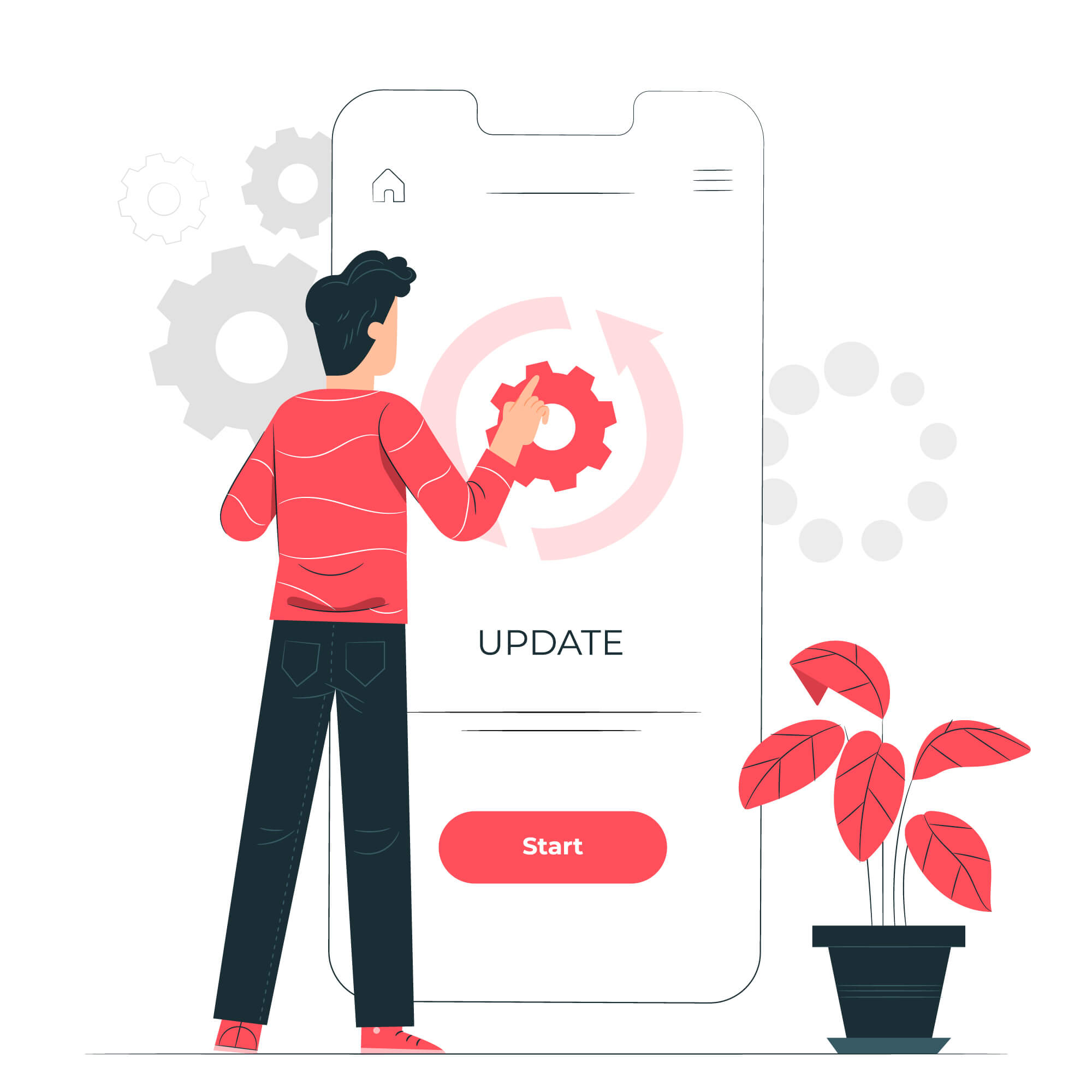
As far as secure eCommerce solutions go, Shopify is one of the best. Among its plethora of neat features, customization options, and regular updates, the rock-solid security leaves Shopify store owners feeling less threatened regarding cybersecurity threats.
Having said that, there are no guarantees as far as World Wide Web breaches go. Even if you are pretty confident about your current Shopify setup, avoiding unnecessary risks is the right approach.
Relying on Shopify itself only goes so far, and if you do not take a proactive approach to create a proper security strategy, there is no telling what the consequences for your business will be.

Why Security Is Crucial
One of the main reasons for ensuring a secure shopping experience is the fact that shoppers will not bother dealing with suspicious websites. If you want to build trust and run a successful business, not even a hint of suspicious activity should exist on your website.
Sure, you might not have a globally recognized brand, which is what organized and professional hackers tend to target. At the same time, a small business should not brush off the possibility that it might become an automated bot target that distributes denial-of-service attacks.
Poor security management can lead to sensitive data exposure (customer details) and problems with the website's performance, to name a couple of examples. Whether you can come back from these problems and continue running your Shopify store is too tricky to answer, so it is better to be safe than sorry.
How to Secure Your Shopify Store
Is it possible to determine what exactly caused vulnerabilities on your Shopify site? Usually, yes, but tracking down the culprit is not that easy considering different sources of risks, such as:
- poor and easy-to-crack passwords
- lost or stolen devices
- carelessness
One can define those risks as human error, which means that the first step should be determining who has access to the website. Perhaps you hired a backend developer a while ago and gave them access? Or maybe some of your customer support employees have certain admin privileges?
After auditing staff member permissions, you can move on to securing things from your end as the owner of the Shopify store.
#1 – Confirm the Safety of Your Internet and Devices
Be careful about computer malwares: A cyberattack on your Shopify store could come from your computer. For instance, failing to deal with computer malware by running antivirus software might transfer to your website.
As a rule of thumb, you want to make sure that the devices you use to manage your Shopify store are secure.
Have a secure Internet connection: The same thing applies to the Internet connection. Worrying about a potential breach is not a concern if you are connecting from your home network. The situation changes with public networks, however.
Using Wi-Fi in a cafe or a hotel leaves you exposed. At the very least, use a secure virtual private network if you have no choice but to rely on public Wi-Fi.
Have a secure password: Finally, be smart about your password usage. Avoid using the same passwords for different accounts to reduce the risks. Imagine what happens if your account data leaks on a random website and you have been using the same password for everything online.
If keeping track of all your passwords becomes too challenging, utilize one of the available password managers, also known as password vaults. Dashlane and 1password are some of the most popular options.
#2 – Use Two-Factor Authentication

Two-step authentication is one of the simplest methods to introduce extra security to your Shopify store. Each time you log in to your admin account on Shopify, you also have to take a second step. Entering a password is not enough.
Two-factor authentication sends a confirmation code to your phone or your email inbox. In case someone manages to crack your Shopify password, they will encounter an obstacle that prevents access to the Shopify store.
Shopify Plus subscribers can also enable a feature to make two-factor authentication mandatory for staff members.
#3 – Create Backups
Regular and automated backups are not a direct way to counter cyberattacks, but having a safety net in the form of the backed-up files of your Shopify store is a smart step.
Keep in mind, though, that Shopify is not responsible for backing up data. It is up to the user to be proactive and find solutions that can back up data and restore lost files.
Rewind Backups is an example of an application certified by Shopify. You can set up the tool to run daily backups. There is also the option to wind back the site.
#4 – Enable Fraud Prevention
Fraud analysis is one of the available Shopify Payments features. Users can enable AVS and CCV filters as a security measure.
- CVV (Credit Card Verification Value): a credit card has a 3 or 4-digit number on the back. The number works as a confirmation that the shopper is the actual owner of a credit card. In case a credit card gets stolen, it will not work if the thief has no access to the CVV.
- AVS (Address Verification System): the purpose of AVS is to compare the billing information with the information on a credit card issued by a bank. Unauthorized users who are trying to commit fraud usually don't have a credit card owner's address, and that helps with fraud prevention.
Most banks support both CVV and AVS security checks, though there are exceptions. If a shopper is using a credit card without CVV and AVS, they can complete a transaction, but the security check is not present in the fraud analysis tool.
#5 – Install Updates

From your personal devices to tools you use for Shopify, as a rule of thumb, you want to keep everything up to date.
The latest version is not just about benefiting from recent features. Developers also push new updates whenever there is a security breach, and missing an update is enough to make you prone to cybersecurity risks, including attacks on your Shopify store.
Closing Thoughts
All in all, certain security practices are pretty much mandatory to secure your Shopify store. The basics can help you create a proper foundation that you can build from to take care of vulnerabilities.

After the foundation is taken care of, you can then move to improve as many security aspects of your Shopify business as possible while developing and managing the website.



